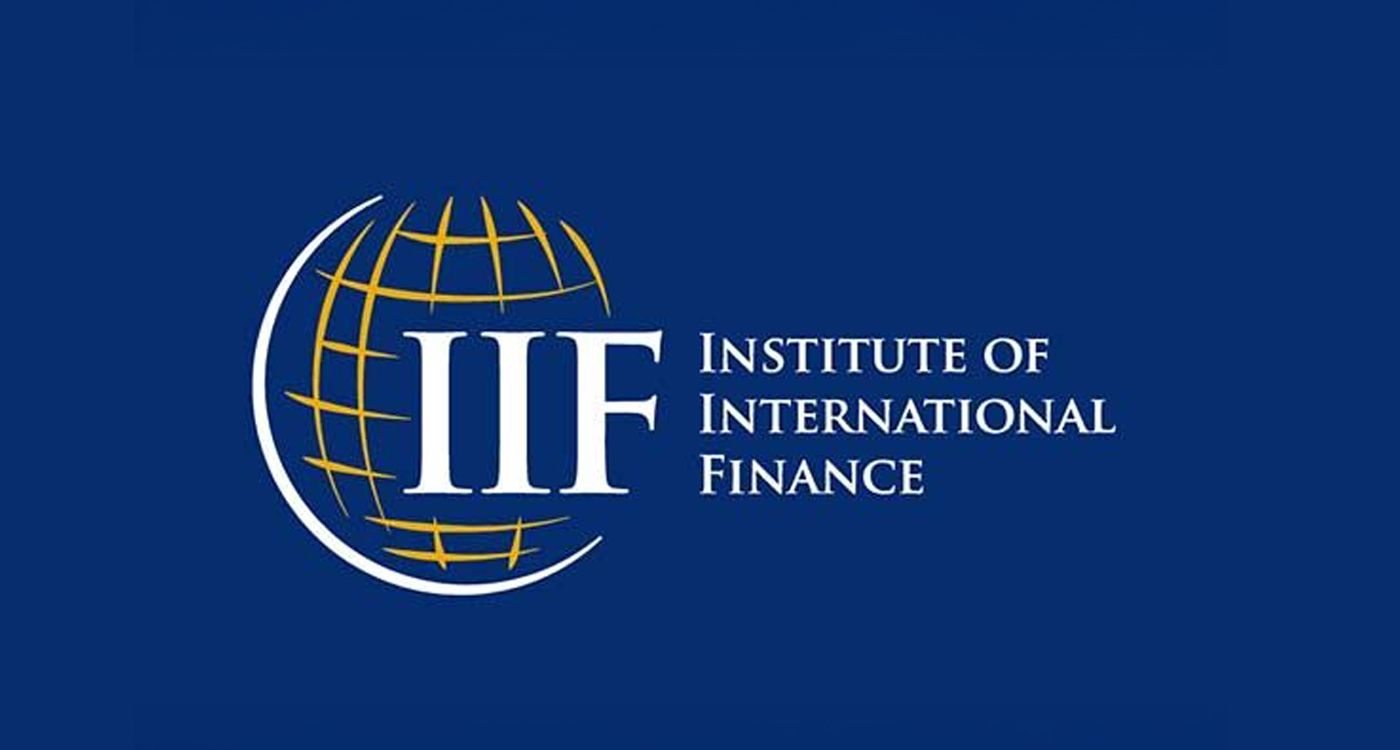
In a note titled “A New Era: The Urgency of Deep Reforms,” the Institute of International Finance (IIF) emphasizes that there is still hope for Lebanon. It outlines two possible scenarios: limited reforms or comprehensive reforms.
According to its estimates, Lebanon’s economy shrank by 38% between 2018 and 2024, while the investment-to-GDP ratio dropped from 21% in 2018 to -9% in 2024.
Limited Reform Scenario
In this scenario, the IIF expects the newly elected president and his designated government to face significant hurdles, particularly due to tensions with Hezbollah, which could complicate adherence to the ceasefire and the implementation of Resolution 1701.
Furthermore, the current parliamentary makeup may hinder necessary economic reforms until the next legislative elections in May 2026. If no major political changes occur after the vote, the executive would have little chance of enacting deep structural reforms.
In this context, a deal with the IMF would remain out of reach, and international aid would be largely limited to humanitarian assistance—falling short of covering even half of the reconstruction needs.
The economy would grow at an average rate of just 3% between 2025 and 2029. The current account deficit would remain high, fluctuating between 9% and 10% of GDP, while the Lebanese Central Bank’s (BDL) foreign currency reserves would gradually decline from $10.1 billion at the end of 2024 to $7 billion by the end of 2029.
Deep Reform Scenario
In the second scenario, the effective implementation of deep reforms would enable Lebanon to receive $12.5 billion in financial aid from multilateral institutions and international donors, distributed as follows:
$3 billion from the International Monetary Fund (IMF).
$3 billion from the World Bank (WB).
$4.5 billion from the Gulf Cooperation Council (GCC).
$2 billion from key European countries.
Additionally, Lebanon could attract $10 billion in foreign direct investment (FDI) from the GCC between 2025 and 2029.
This scenario anticipates an average GDP growth rate of 6.2% between 2025 and 2029, fueled by foreign direct investment (FDI), tourism and public investment. The country’s real GDP would return to its 2017 peak by 2031, while the $54 billion threshold reached in 2018 would be exceeded again by 2028.
Inflation would also experience a sharp slowdown, dropping from 45.2% in 2024 to 16.9% in 2025 and further to 3.4% by 2029.
Both the limited reform and deep reform scenarios bring improvements to Lebanon's current dire situation. While deep reforms present more optimistic growth prospects, even limited reforms would represent a step forward from the current economic conditions.




Comments